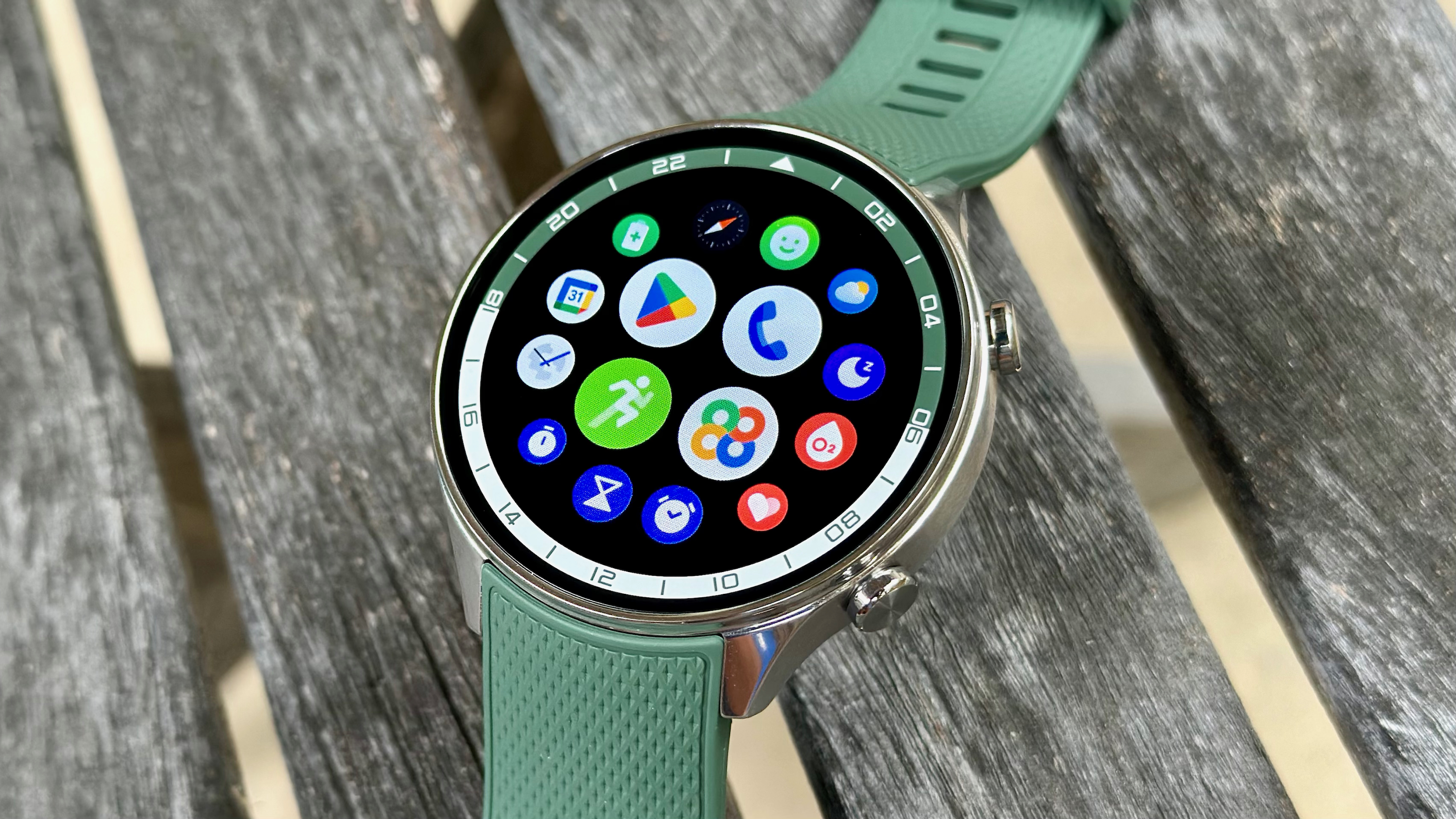LG G7 One hands-on: The G7 sold its soul for great Android One software
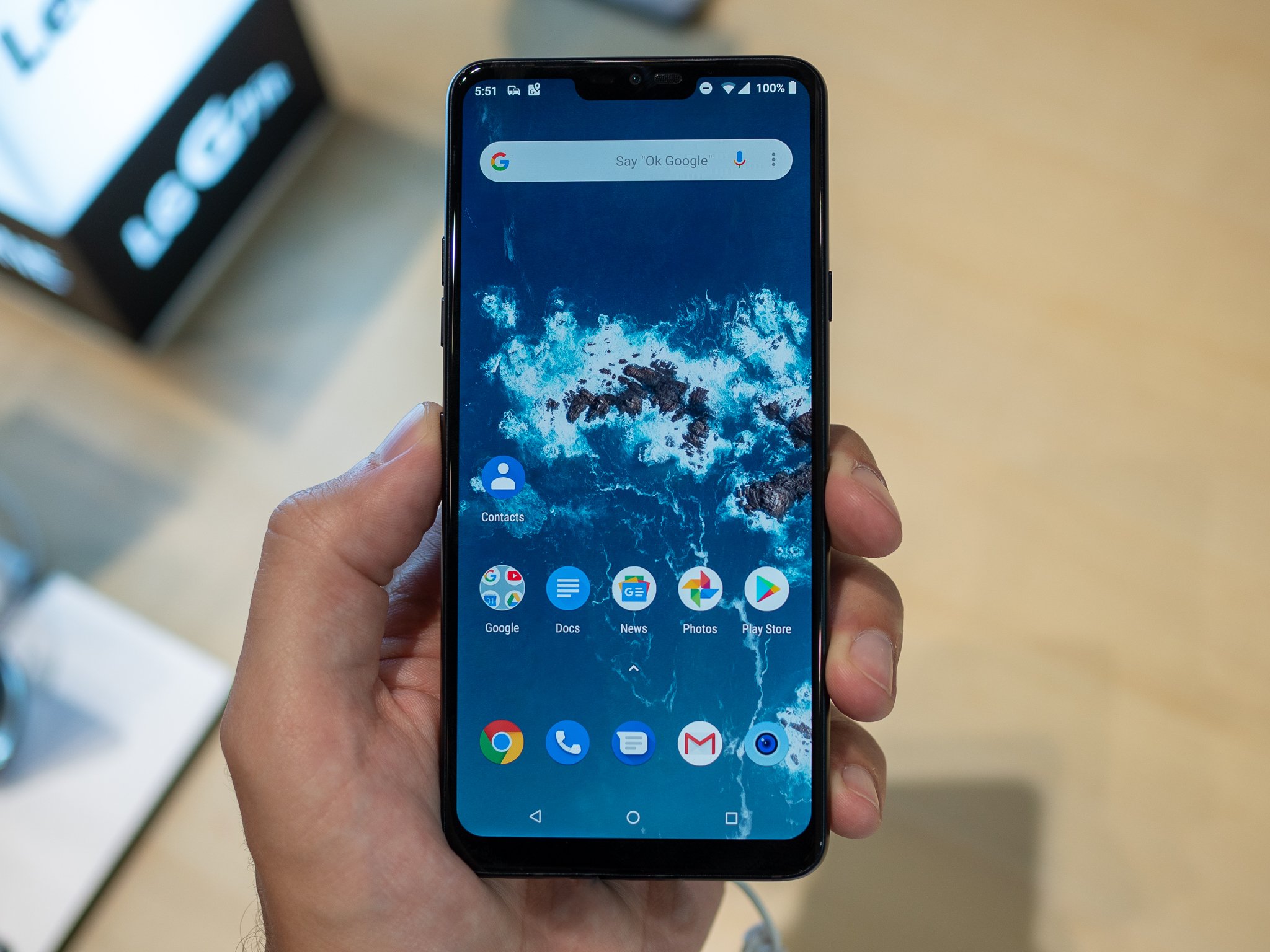
LG used the IFA 2018 trade show to announce its first-ever Android One phone — and it did so with the least amount of fanfare possible, simply dropping a press release. That's mostly because the LG G7 One is ... kind of an odd phone. Ostensibly it's an LG G7 — except in a handful of places where it definitely isn't.

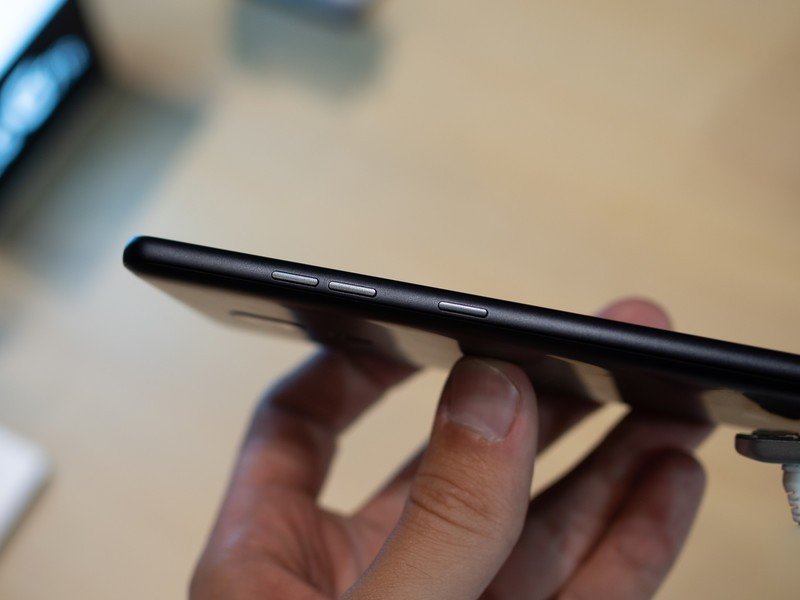

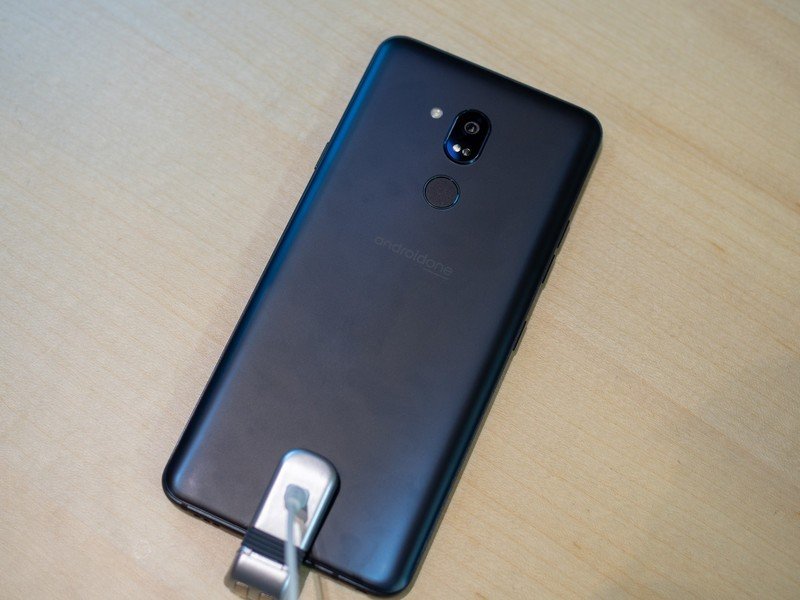
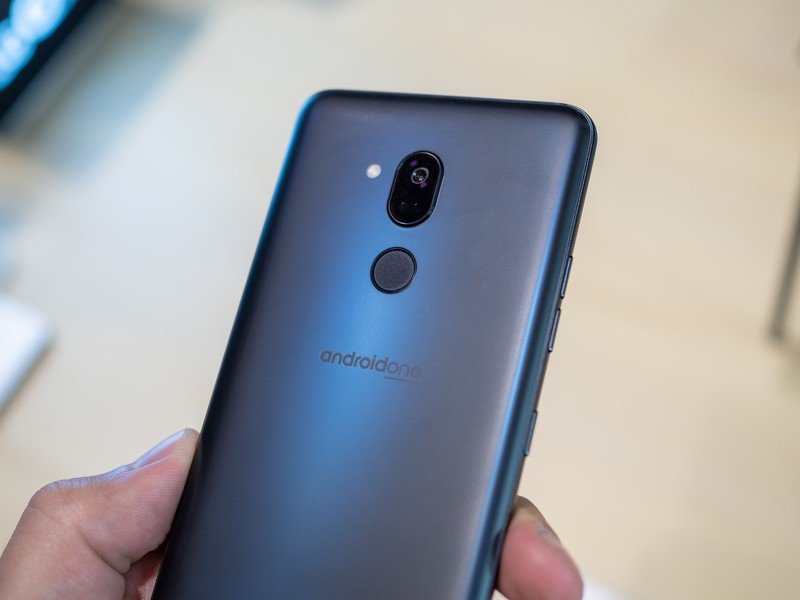
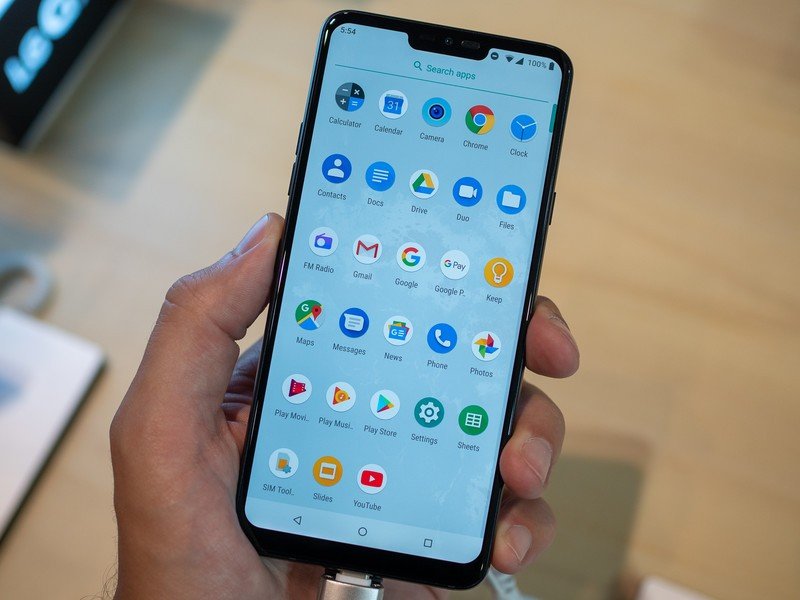
The LG G7 One has the exact same dimensions as the standard G7. It has the same 6.1-inch display, and same hardware features in terms of its headphone jack and DAC, BoomBox speaker system, 3000mAh battery, IP68 resistance, fingerprint sensor and buttons. But the changes are in the details — the metal frame has a slightly textured matte finish, not unlike the the Galaxy Note 9, and the glass back is frosted for a soft texture as well. It's a classy, understated look — which is decidedly different from the regular G7. It feels great, too — but it's definitely lost all of the LG flair that made the G7 stand out from the crowd a little bit.
You keep a surprising amount of the unique hardware features, and lose LG's software.
I love that LG has retained most of the G7's core features for this Android One version, but you do have to take a few annoying spec shortcomings in order to get the nice hardware and software combination. The lack of a secondary wide-angle camera is the biggest one — our friend MrMobile is right when he says that one of the main reasons to buy a G7 for its unique wide-angle shots. The processor steps down to a Snapdragon 835, but I'm not worried about performance with Android One in tow — the same could be said for the 32GB of internal storage, but I sure wish it was 64GB like the standard G7.
But in return for losing some of what gives the G7 its soul, you get Android One instead of LG's software. For as much as that software has improved over the past two generations, many will say they'd just prefer LG get out of the way and let Google handle that part — and that's what you get here. You get the necessary bits to interact with LG's hardware features — like the Quad DAC — and that's it, the rest is Android One like any other phone with the brand. You also get guaranteed security and platform updates, which you definitely can't count on with LG's own support.
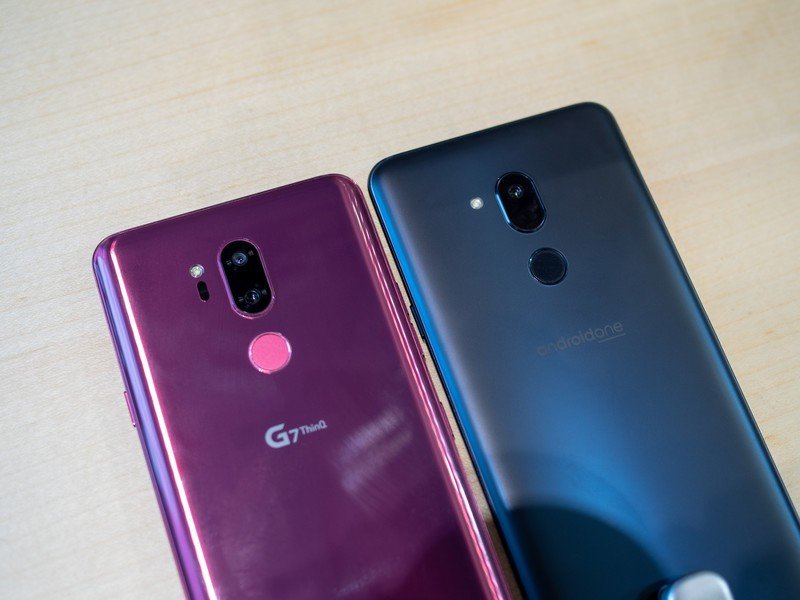

It's frustrating to lose some features, but this could still be the best Android One phone.
It's tough to fully evaluate the LG G7 One right now, because pricing and availability information is going to make or break it. On one hand, it's disappointing that the couple of spec drops and the loss of the wide-angle camera make this a pretty generic device rather than one that builds on LG's few unique strengths by being "a G7 with cleaner software." But at the same time, the LG G7 One could easily be the best Android One device yet, as a majority of the phones with Android One software land in the mid-range price segment or have many more compromises.
It's pretty clear what LG's attempting to do with the G7 One. It's inexpensive to keep making G7s, swap out a few components and put Google-provided software on them in order to expand its phone sales and address a different price bracket. But in doing so, it clearly made deliberate decisions to remove things that would've made the G7 One more desirable. LG kept most of what makes the G7 unique, which is why this is such a nice phone, but dropped a few key parts to make sure the Android One version doesn't outshine the ThinQ model.
Get the latest news from Android Central, your trusted companion in the world of Android

Andrew was an Executive Editor, U.S. at Android Central between 2012 and 2020.
